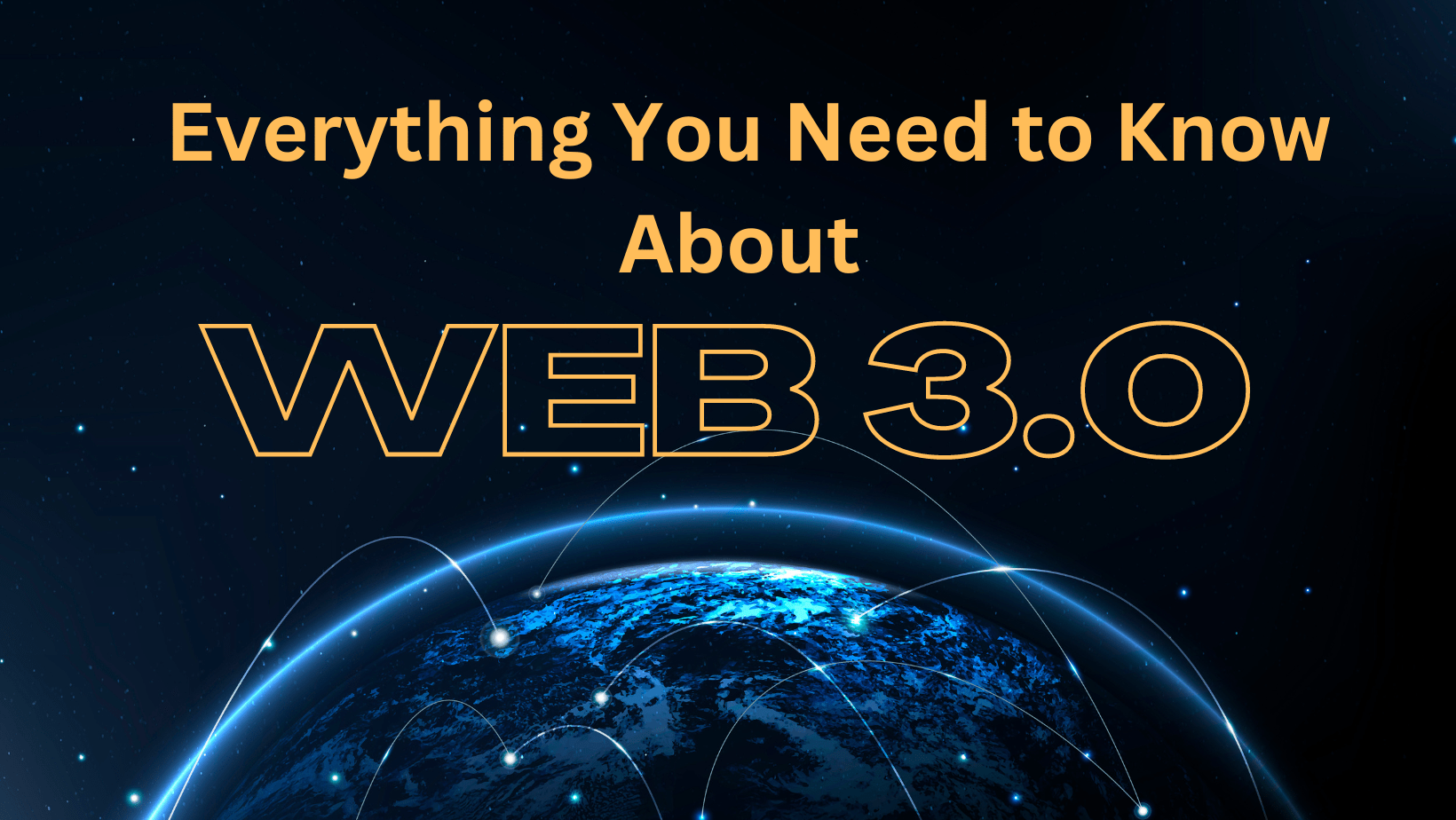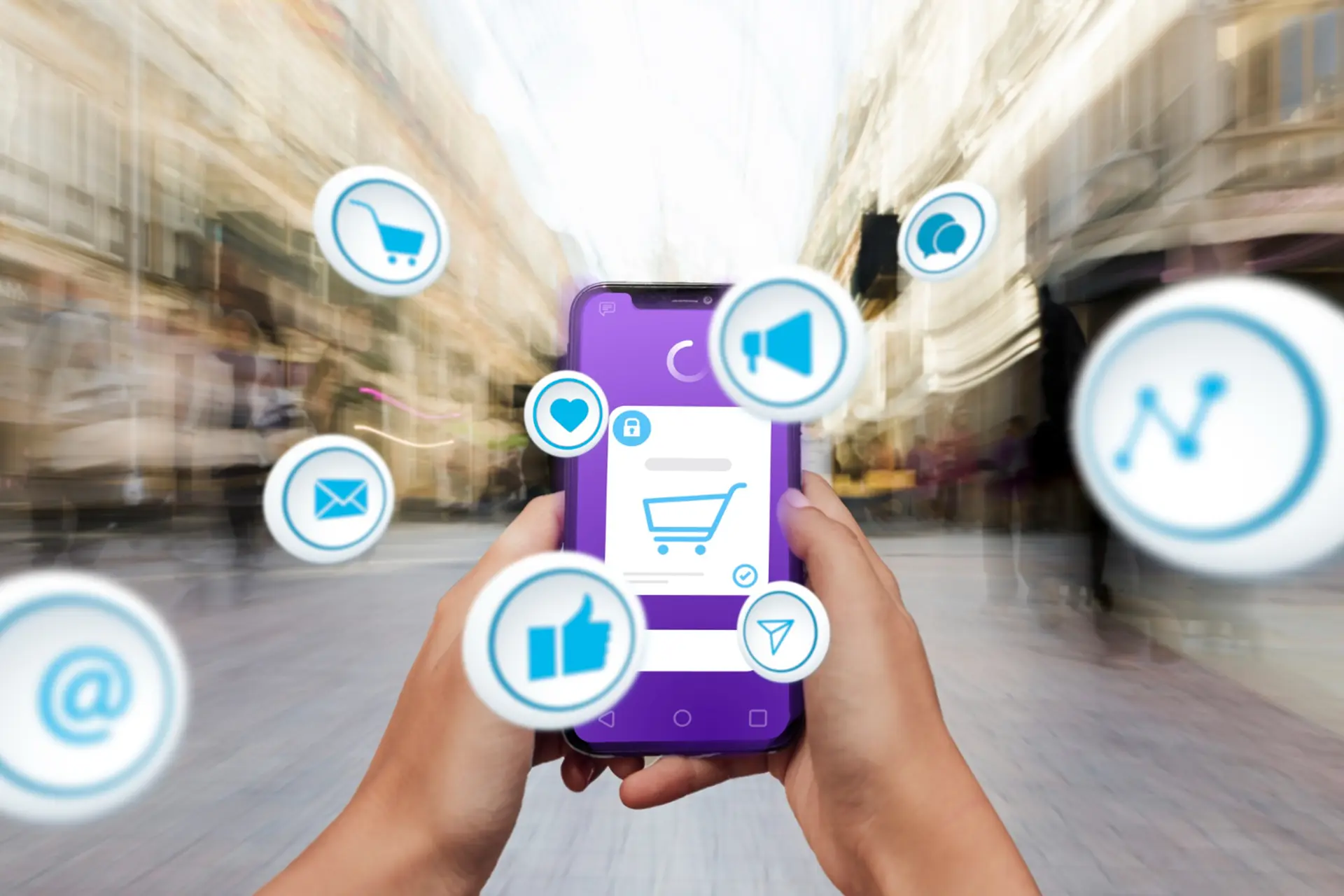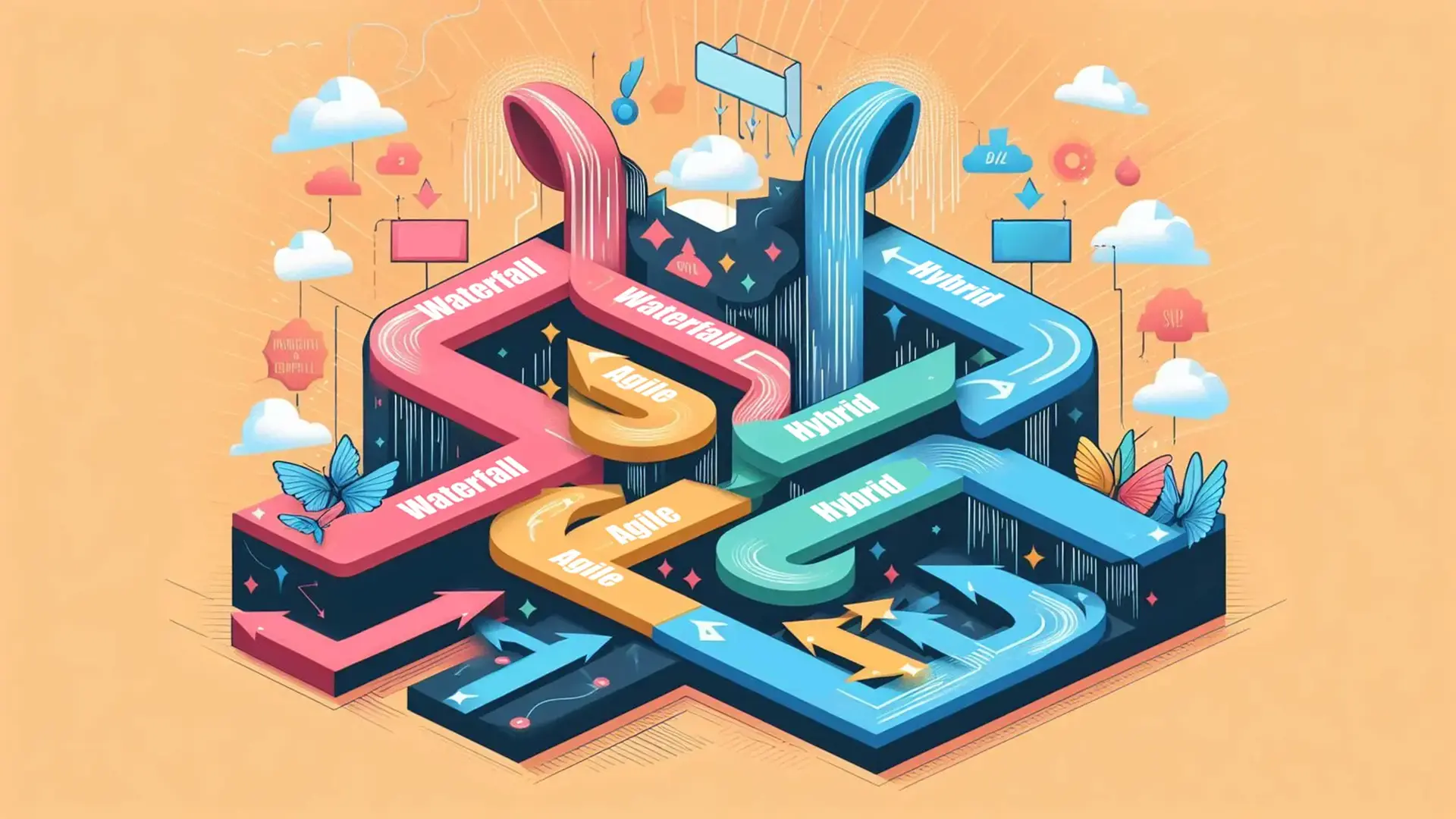- April 15, 2023 6:23 pm
- by Deepthy
- April 15, 2023 6:23 pm
- by Deepthy

Web 3.0 is poised to bring about a significant paradigm shift and be as disruptive as Web 2.0. Its foundation rests on the ideas of decentralization, openness, and increased consumer utility, and it represents the next stage in the internet's development. Imagine a new kind of internet that can accurately translate input and comprehend speech, be it through text, voice, or other media, and where all the content users consume is tailored to their preferences like never before. This marks the dawn of a new era in the internet's evolution, commonly referred to as Web 3.0.
What is Web 3.0? How will it look? And what impact will it have on our lives? If you're eager to learn the answers to these questions, you've come to the right place. This blog provides all the information you need to know about Web 3.0.
Initially known as the Semantic Web, Web 3.0 was envisioned by Tim Berners-Lee, the creator of the World Wide Web, as an intelligent, self-sufficient, and open Internet that uses AI and machine learning to function as a "global brain" and interpret content conceptually and contextually. However, due to technological limitations, such as the complexity and cost of translating human language into machine-understandable language, this idealized version was not realized. Nonetheless, here are some typical traits associated with Web 3.0:
It is expected that Web 3.0 will exhibit the following characteristics:
HTML has been foundational in Web 1.0 and 2.0, but Web 3.0 will likely differ in how it connects to data sources and where those sources reside. Web 3.0 applications will use decentralized blockchains instead of centralized databases for delivering data and enabling functions. This shift towards a more democratic way of creating and affirming information is expected to give users greater control over their personal data. AI and machine learning will play a larger role in delivering personalized content to users in Web 3.0, replacing the user contribution and collaboration model of Web 2.0. Data will be logically organized in the Semantic Web structure envisioned by Berners-Lee for the first version of the web, making AI more effective at understanding it. Web 3.0 also relies on cryptocurrency instead of government currency for financial transactions, which will be conducted on decentralized blockchains. Web 3.0 will require far more internet addresses than Web 1.0 and 2.0, as the internet continues to grow, and IPv6 will provide the necessary infrastructure. Finally, DAOs, an emerging governance mechanism in blockchain and Web 3.0 communities, may revolutionize web management by devolving control to self-governed digital communities, thus limiting the power of central authorities.
| WEB 2.0 | WEB 3.0 |
|---|---|
| The internet has become significantly more interactive due to advancements in web technologies, such as Javascript, HTML5, CSS3, and the emergence of Web 2.0. | The evolution of the Internet is poised for its next breakthrough with Web 3.0, which enables it to comprehend data in a manner akin to humans. |
| The distribution and sharing of data have enabled the flourishing of social networks and the production of user-generated content. | Smart applications will be made available to users by utilizing AI technology, Machine Learning, and Blockchain. |
| The technologies utilized in the present era of the internet were pioneered by numerous web inventors, one among them being Jeffrey Zeldman. | Through this, it will be possible to intelligently generate and distribute highly customized content to each individual internet user. |
Decentralization: Web 3.0 is founded on the principle of decentralization. Unlike in Web 2.0, where computers rely on HTTP to search for data stored at a fixed location, often a single server, Web 3.0 is poised to enable information to be stored in multiple locations, thus making it decentralized and searchable based on content rather than a singular location. This shift would empower individuals by dismantling the massive databases that internet giants like Google and Meta presently maintain.
Data ownership: Web 3.0 will enable users to maintain ownership and control of their data by selling it through decentralized data networks. This data will be generated by a range of powerful computing resources, including mobile phones, desktop computers, appliances, automobiles, and sensors.
Trustless, permissionless system: Web 3.0, based on open-source software and decentralization, will be both trustless and permissionless. In other words, participants will be able to interact with each other directly, without the need for an intermediary, and access will be unrestricted, without any requirement for permission from a governing body. As a result, Web 3.0 applications, also known as dApps, will operate on blockchains, decentralized peer-to-peer networks, or a combination of both. These decentralized apps are commonly referred to as dApps.
Artificial intelligence and Machine Learning: Web 3.0 will enable machines to understand information in a way that is similar to humans by leveraging Semantic Web and natural language processing-based technologies. Additionally, machine learning, a subset of AI that mimics human learning by utilizing data and algorithms, will be employed by Web 3.0 to continuously improve its accuracy. These advancements will result in faster and more precise outcomes across various fields, such as medical development and new materials, as opposed to merely targeted advertising, which presently accounts for the majority of such efforts.
Connectivity and ubiquity: Web 3.0 facilitates the accessibility of content and information across multiple applications, as well as with an increasing number of internet-connected everyday devices. The Internet of Things serves as a prime example of this.
Web 3.0, which is anchored by blockchain technology, enables a growing variety of new applications and services, including:
NFTs: These are tokens that are unique and stored on a blockchain using a cryptographic hash.
DeFi: Decentralized blockchain technology forms the foundation for DeFi, a new Web 3.0 use case that allows for the provision of financial services beyond traditional centralized banking infrastructure.
Cryptocurrencies: Web 3.0 applications like Bitcoin create a new realm of currency that aims to be distinct from the conventional fiat money world.
dApps: Decentralized applications are programmatically run programs that are recorded in an immutable ledger. They are built on top of the blockchain and use smart contracts to facilitate service delivery.
Chain-crossing bridges: With several blockchains existing in the Web 3.0 era, cross-chain bridges enable some form of connectivity between them.
DAOs: DAOs have the potential to serve as governing bodies for Web 3.0, providing some structure and decentralized governance.
Web 3.0 is intended to generate sustainable results, thanks to its decentralized nature, enabled by distributed ledger technology and smart contracts. It eliminates middlemen, manual mediation, and arbitration, resulting in lower costs. It will provide a much more personalized surfing experience for everyone. Websites will be able to automatically adjust to our device, location, and accessibility needs, and web apps will become more responsive to our usage patterns.
A More Personalized Browsing Experience: Quickly accessing offers for something you need or want through advertisements can be effortless, despite the occasional intrusiveness.
Enhanced Search: Using natural language in search engines is highly effective, and it has many benefits beyond the consumer. The learning curve is reduced, and businesses can optimize their websites for search engines in an organic way.
More Advanced App Interfaces: The multidimensional Web 3.0 will help not only websites but also web apps to provide users with richer experiences. For instance, a mapping service like Google can now provide route planning, lodging suggestions, and real-time traffic updates, in addition to location search, making it a feature that was not possible in the Web 2.0 era.
Web 3.0, also known as the next generation of the internet, envisions a decentralized network where users can access their own data. This article has discussed the anticipated technologies that are expected to evolve and shape the future. The success of Web 3.0 is yet to be determined, but it is widely acknowledged that data security will be critical. This will result in an increased demand for security experts and security-related systems, as well as an increased demand for blockchain developers. If you want to learn more about blockchain and access top service providers for today's leading Blockchain and other Web 3.0 solutions, reach out to Vofox today. Our experts at Vofox routinely keep up with the latest advancements in intelligent systems, semantic web, decentralization, metaverse, digital assets, and other emerging technologies that will all be a part of Web 3.0 development in the near future.
Guaranteed Response within One Business Day!

Exploring the Phases of eCommerce Development: A Comprehensive Guide

The Complete Guide to Outsourcing Software Development

Choose the Right Software Development Methodology: Agile vs. Waterfall vs. Hybrid

The Importance of Cybersecurity in Software Development

How to Manage Communication & Collaboration With Your Offshore Software Development Team